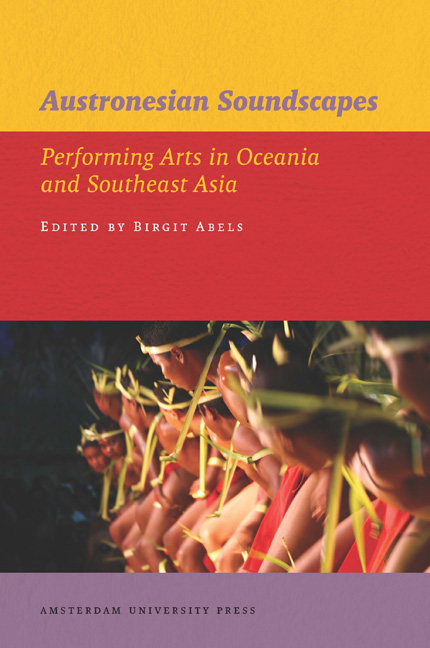8 - ‘Singing Spirits And The Dancing Dead’: Sonic Geography, Music and Ritual Performance in a Melanesian Community
Published online by Cambridge University Press: 20 January 2021
Summary
Introduction
When I arrived in southern New Ireland, Papua New Guinea, in the Lak linguistic group, in July 2004 for my second period of fieldwork, word had already reached me during my journey that a very large and important ritual was about to take place in the region. The ritual or kastom, as they are commonly known in Melanesia, was to be conducted by a Big Man in the community I was staying in. The prospect of participating in the preparations and performance of the kastom was exciting because, although I’d witnessed this particular rite before, the size of this impending ritual and the fact that it was going to take place in my host community presented an ideal opportunity for me to document it.
As an ethnomusicologist seeking to understand the music and dance practices of the region, it became apparent early during my first period of fieldwork (February 2001-June 2002) that I would need to come to terms with local mortuary processes and the intricacies of the Lak supernatural world. Lak rituals involving death and the process of ‘finishing the dead’ are extensive. The rites often take years or decades to complete and they are intimately related to the region's political processes and social structures. The ritual practices of the Lak are a continuing tradition, they are also part of a dynamic and shifting culture for which negotiations between change and the maintenance of traditional ways is a constant and active process.
The elaborate and extensive mortuary rites that occupy so much of the population's time complete the work for the deceased in a series of ritual processes that allow the Lak to re-conceive the deceased as a spirit. In order for this re-conception to take place all remnants of the deceased's human form must be destroyed and ‘forgotten’. Forgetting is a way of life; songs, practices, and people are constantly in a process of being forgotten or, perhaps more accurately, returning to where they came from, dissolved once more into the spiritual realm. In the same way that gardens left untended return to the jungle, in the course of a mortuary ritual, the deceased individual is returned to the realm of the ancestors, their possessions are destroyed and their being is eventually fused into the image of a single clan ancestor.
- Type
- Chapter
- Information
- Austronesian SoundscapesPerforming Arts in Oceania and Southeast Asia, pp. 169 - 192Publisher: Amsterdam University PressPrint publication year: 2012



